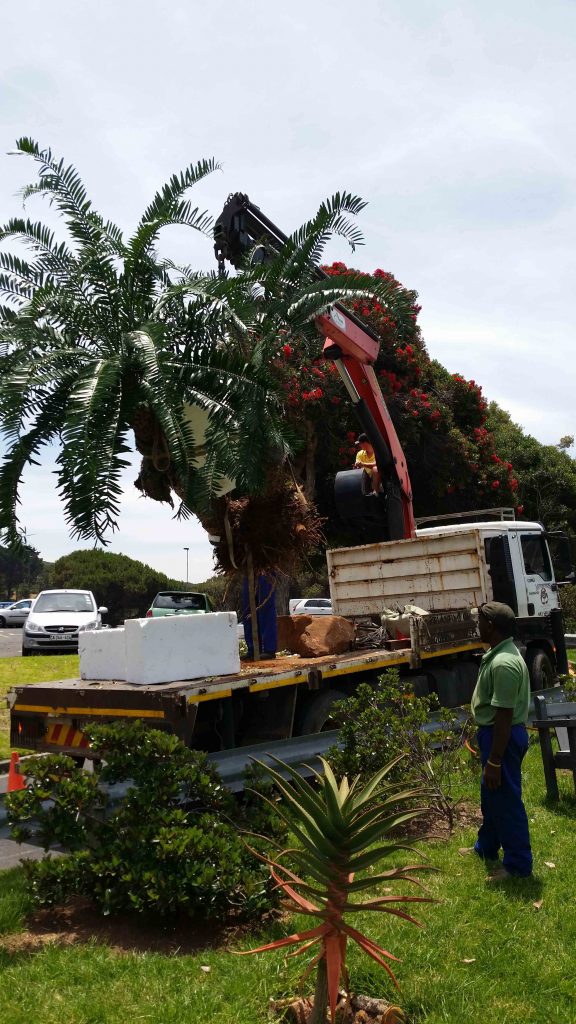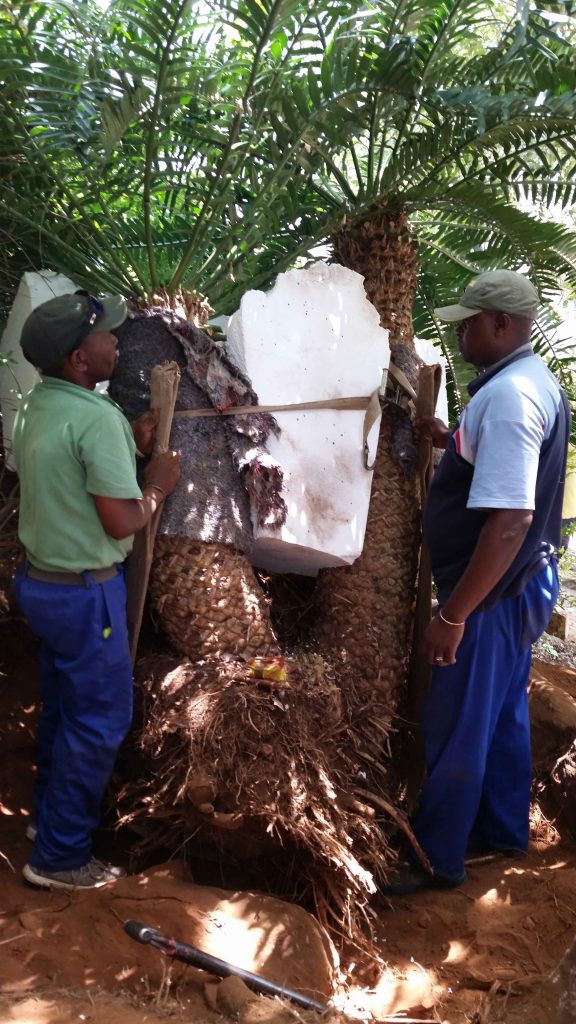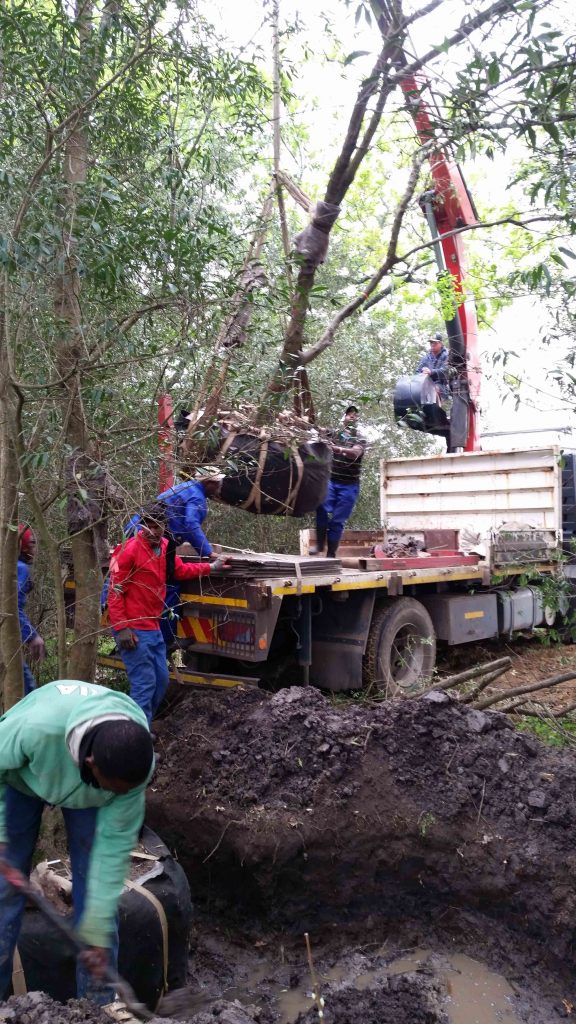The art of a growing world
Tree Relocation/ Transplanting Mature Trees
After walking through a forest, have you ever wished that you could capture and feature the majestic beauty of these large trees in your home environment? Amazingly, through the use of carefully executed transplanting techniques, fully grown trees of almost any specie or size can be successfully integrated into the residential or commercial landscape.
While choosing a suitable location for your new transplant, its survival, the future health, beauty and utility of the tree is also greatly influenced by how it is dug, transported, planted and maintained.
A tree typically loses up to 70% of its root system in the transplantation process. As a result, trees are diminished in their capacity to uptake the water and nutrients they need to survive. In order to minimize transplant shock –
Moving Trees follows these recommended tree felling/ transplanting techniques to ensure successful results
- Assessing the tree’s transplantability. Some trees can be moved more successfully than others depending on their species, size, health as well as its former and future habitat.
- Making sure the rootball is the right size to survive and thrive.
- Mature tree transplanting is a skill which requires the proper equipment, expertise and care.
- Carefully preparing mature trees for transplanting. Trees which have never been moved from their natural growing environment tend to have asymmetric root systems because they grow with the irregularities of the surrounding topography. If the tree is not nursery grown, root pruning should be performed up to one year prior to transplanting to encourage the development of a more dense and fibrous root system.
- Extreme care is taken to prevent root death. Making sure that roots are kept moist as they are easily damaged under conditions of high temperature, “a dry root is a dead root”.
- We also consider the logistics of moving the tree to the new planting site: will power lines, septic tanks or your property be a risk?
- There are three key factors we consider in preparing the site: soil quality, depth and drainage. It is very important that the soil is of adequate quality or the tree will not receive the nutrients. The depth of planting must be close to the original so that the soil level at the base of the trunk is level with the surrounding soil surface. If the tree is set too deeply it will not thrive because feeder roots must be able to receive oxygen.
- Moving Trees also provides intensive post-planting care. Newly planted trees need to be maintained to ensure the success of their relocation. Depending on the strength and health of the tree, it may need to be artificially supported and pruned. However, all new transplants should be watered and mulched immediately; then fertilized at the end of the first growing season.


